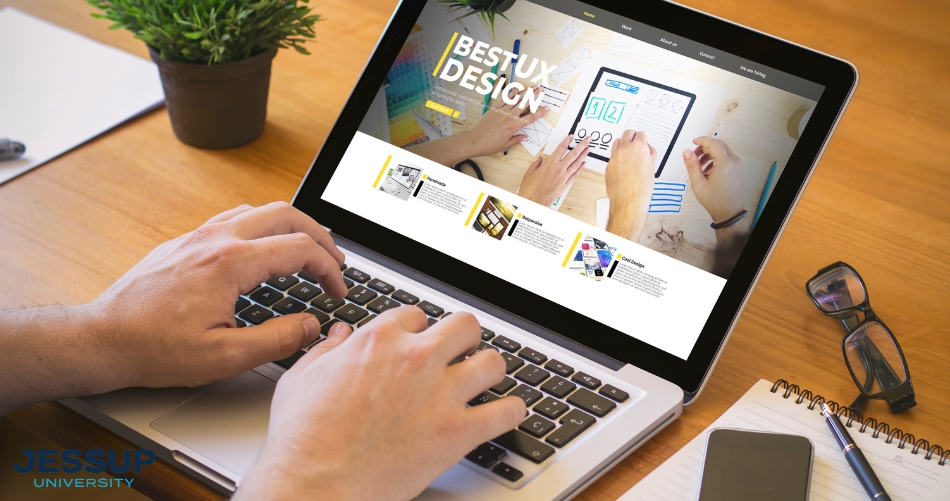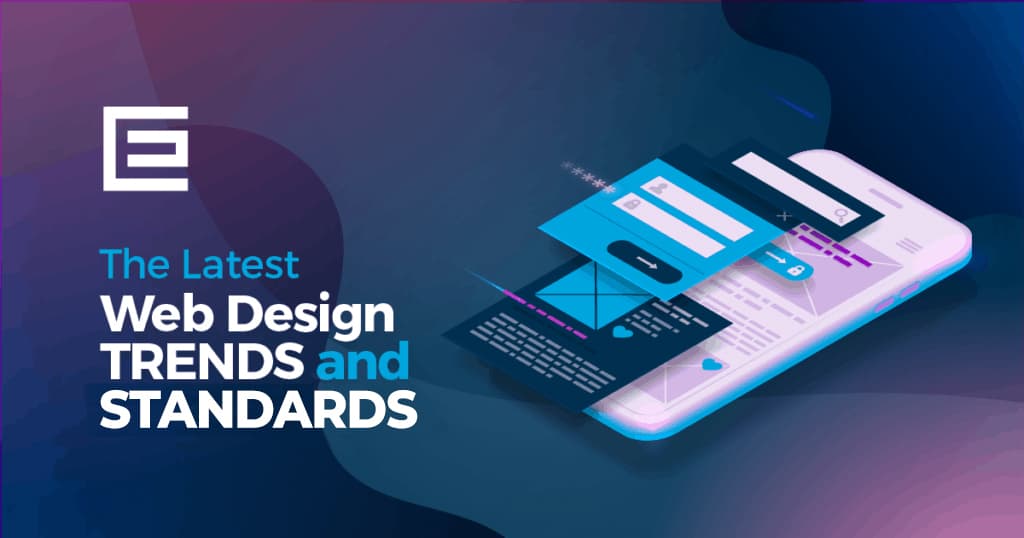Customized Aligned Position Web Design: Unique Web Designs That Reflect Your Brand’s Identity
Customized Aligned Position Web Design: Unique Web Designs That Reflect Your Brand’s Identity
Blog Article
The Most Effective Kinds Of Web Style to Boost User Experience and Engagement
In the ever-evolving landscape of electronic communication, the effectiveness of Web layout considerably influences user experience and engagement. Numerous style techniques, such as minimalist, responsive, and interactive formats, each deal distinct benefits that can cater to diverse user needs.
Minimal Web Design
As digital landscapes come to be increasingly cluttered, minimalist Web design has actually arised as a powerful approach to enhancing individual experience. This design approach focuses on simplicity, focusing on crucial components while getting rid of unneeded interruptions. By making use of adequate white room, straightforward navigating, and a restricted color combination, minimalist layout fosters clearness and guides individual focus to essential content.
The core concept of minimal website design is to develop a seamless interaction for customers. By lowering cognitive tons, users can swiftly understand details without really feeling overwhelmed. This straight method not only improves use but additionally encourages interaction, as visitors are more probable to explore a website that is visually attractive and easy to navigate.
Additionally, minimalist layout typically stresses typography and images, utilizing these aspects tactically to convey messages successfully. In significance, minimal Web design is not just a pattern; it is a thoughtful technique that recognizes the significance of user-centered style.
Responsive Website Design
In today's varied digital environment, responsive Web design has ended up being crucial for developing a smooth user experience across a multitude of tools. As individuals access websites on smartphones, desktops, laptops, and tablets, the ability of a site to adapt its layout and web content to various display sizes and resolutions is important.
Responsive Web layout uses adaptable grids, images, and CSS media inquiries to make certain that Web material exists ideally, no matter of the gadget utilized. This approach not just improves the visual appeal of an internet site yet likewise considerably boosts use. Individuals are most likely to involve with a site that provides a constant experience, as it eliminates the frustration of needing to zoom in or scroll exceedingly.
By taking on responsive style, businesses can enhance their exposure and reach a wider target market. In recap, responsive Web style is a fundamental method that boosts customer experience, engagement, and general complete satisfaction.
Interactive Website Design
Responsive website design lays the foundation for enhancing user experience, however interactive Web layout takes this a step further by engaging users in a much more vibrant means - Aligned Position Web Design. By including elements such as animations, clickable prototypes, and real-time feedback, interactive Web design astounds users, drawing them into a richer browsing experience
This technique not just cultivates involvement yet also encourages customers to discover material proactively as opposed to passively eating it. Strategies such as gamification, where users earn rewards for completing tasks, can substantially boost the moment invested in a website and boost total satisfaction. Additionally, interactive attributes can streamline intricate details, making it extra delightful and absorbable.

Incorporating interactive style components can also cause greater conversion rates, as users are most likely to engage with a website that proactively involves them. Aligned Position Web Design. Eventually, interactive Web design transforms customer experiences right into memorable journeys, guaranteeing that site visitors return time and again
Apartment Design
Characterized by its minimalistic approach, flat layout stresses simpleness and capability, removing unnecessary aspects and concentrating on crucial attributes. This layout philosophy prioritizes use, guaranteeing that users can browse interfaces easily and efficiency. By employing a clean aesthetic, flat design gets rid of the clutter commonly discovered in extra luxuriant designs, consequently improving individual concentrate on content and capability.
The hallmark of level style depends on its use vibrant shades, basic typography, and geometric shapes. These aspects contribute to an aesthetically attractive interface that is both modern and friendly. Additionally, level style fosters a feeling of clearness, allowing users to recognize necessary actions and information without disturbance.
Furthermore, flat layout is specifically effective in responsive Web layout, as its simplicity translates well throughout different tools and display sizes. By focusing on crucial features, flat layout not only satisfies customer demands but likewise motivates smooth interaction, making it a crucial part of reliable Web design techniques.
Adaptive Web Design
Adaptive Web design customizes the individual experience by producing numerous repaired designs tailored to different screen sizes and gadgets. Unlike responsive layout, which fluidly adjusts a single format, flexible layout uses distinctive layouts for certain breakpoints, making certain optimum discussion on numerous systems. This strategy permits designers to focus on the unique characteristics of each device, enhancing use by supplying precisely what users need based upon their context.
Among the main advantages of adaptive Web design is its capacity to maximize tons times and performance. By serving tailored web content and images that fit the customer's device, internet sites can decrease information usage and improve loading rates. This is specifically beneficial for customers with slower connections or limited data plans.

Furthermore, flexible design assists in an extra regulated and consistent branding experience. Since designers develop several formats, they can ensure that the visual components align with the brand's identification throughout various platforms - Aligned Position Web Design. This causes a cohesive individual experience, boosting engagement and promoting user retention
Conclusion
In verdict, the integration of minimalist, receptive, and check this interactive website design concepts significantly enhances individual experience and interaction. Minimal layout cultivates quality and emphasis, while receptive layout ensures adaptability across different gadgets, promoting availability. Interactive design captivates individuals with dynamic aspects, motivating expedition and customization. Collectively, these style approaches add to the creation of user-friendly environments that not only improve satisfaction but additionally drive higher conversion prices, emphasizing their crucial importance in contemporary Web layout methods.

Minimalist style promotes clearness and emphasis, while receptive style makes sure flexibility across various devices, promoting ease of access. Collectively, these design approaches contribute to the creation of easy to use settings that not just enhance contentment yet additionally drive higher conversion rates, underscoring their important relevance in modern Web design strategies.
Report this page